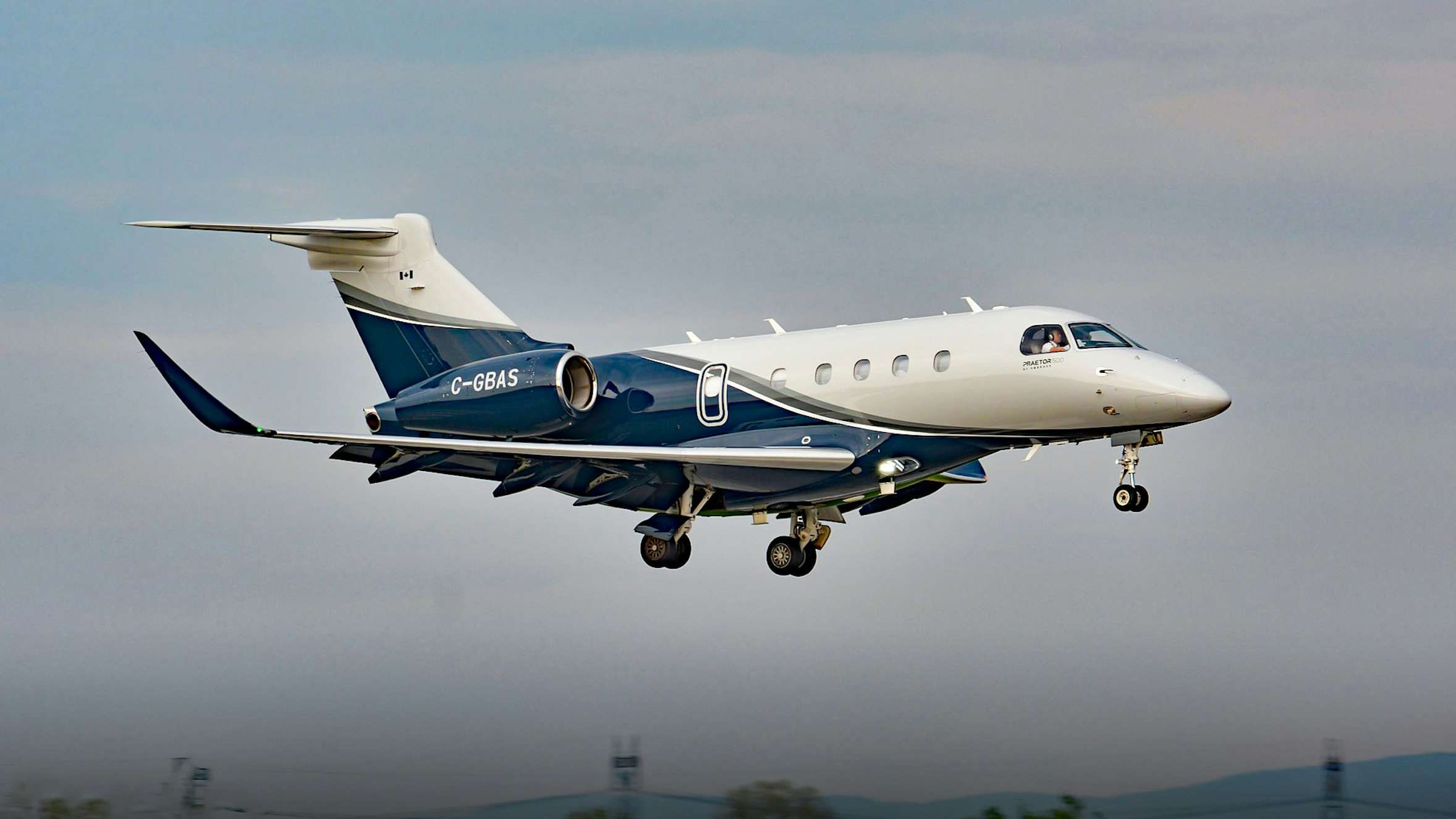
Despite a 24% increase in private jet charter prices since 2020, new flyers are continuing to use private jets.

New flyers are finding it hard to quit private jets post-Covid.
According to recent research, consumers who started using private jets during the Covid-19 pandemic are sticking around.
In a survey of 546 paid subscribers to private aviation solutions buyers’ guide Private Jet Card Comparisons, only 5% of those new users say they stopped or plan to stop flying privately.
That is in line with last year’s results, which found that 6% of those new since Covid flyers had stopped or were stopping.
From the soon-to-be-published 2023/24 edition of The Jet Card Report by Private Jet Card Comparisons, 43% of respondents said they continue to fly privately regularly, up from 40% in 2022 but down from 2021, when that number was 57%.
52% of those surveyed say they continue to fly privately “once in a while,” down from 55% last year and up from 43% in 2021.
| 2021 | 2022 | 2023 | |
| Continuing to fly privately regularly | 57% | 40% | 43% |
| Continuing to fly privately once in a while | 43% | 54% | 52% |
| Stopped or plan to stop private flights | 0% | 6% | 5% |
Source: Private Jet Card Comparisons
Of those cutting back, the increased cost of flying privately is the most significant factor.
Hourly prices for fixed/capped rate jet cards with guaranteed availability in Q3 2023 were 24% higher than at the end of 2020 when the CARES Act waived the 7.5% Federal Excise Tax.
Many programs, including major players such as NetJets, Sentient Jet, and Wheels Up, all allowed customers who made deposits by Dec. 31, 2020, to fly those funds without needing to add the FET.
Some providers encouraged customers to bank deposits to take advantage of the savings.
One respondent said, “I bought a NetJets card in May 2020, shortly after Covid kicked in because the price was right. I wouldn’t have bought it if it wasn’t a deal, and I haven’t bought a card since. I do charter private flights two times a year since my hours ran out on my NetJets card, but I plan on purchasing another card or fractional ownership in 2024, as I intend to start traveling private 10-12 times per year, around 75 hours.”
Another noted, “Prices went from $5,500 an hour on a light jet when I purchased three years ago to over $8,000.”
However, confidence, a desire to travel, and convenience are keeping the recent converts in the fold.
Over 97% said they are confident about their personal financial outlook for the next one to two years, with 76% saying they are Extremely/Very Confident.
Also, 89% of the new flyers listed Travel For Pleasure as their lifestyle interest.
In fact, poor airline service continues to boost private aviation.
“Covid, along with the continued nightmare of commercial aviation, makes private the way to go,” said another respondent.
Another subscriber wrote, “The commercial travel experience continues to deteriorate. Even First Class is an unpleasant experience. And most commercial airports feel like cattle call now.”
Some 59% of the new-since-Covid flyers said that poor airline and airport experiences are driving them to fly privately more.
Others said they use private jets “when it makes sense.”
Examples cited are when there are no nonstop flights and when there are more convenient private airports.
Others said they save private jets for when traveling in groups.
“If we have three or four people, it makes sense. You can’t even book four first-class seats at the last minute most of the time,” one respondent said.
However, some airlines are apparently okay.
“Air France First Class is terrific,” noted another subscriber.